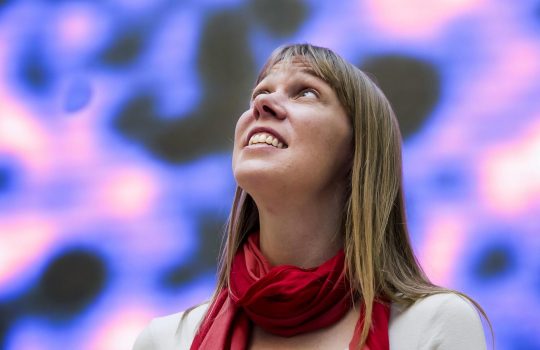New and Improved Skipper CCDs Count Photons from Distant Galaxies
Photonics Spectra, July 15, 2024
A close collaboration of physicists, astronomers, and engineers, including Fermilab researchers, obtained the first astronomical spectrum using skipper charge-coupled devices using an instrument on the 4.1-meter Southern Astrophysical Research Telescope in Chile.




